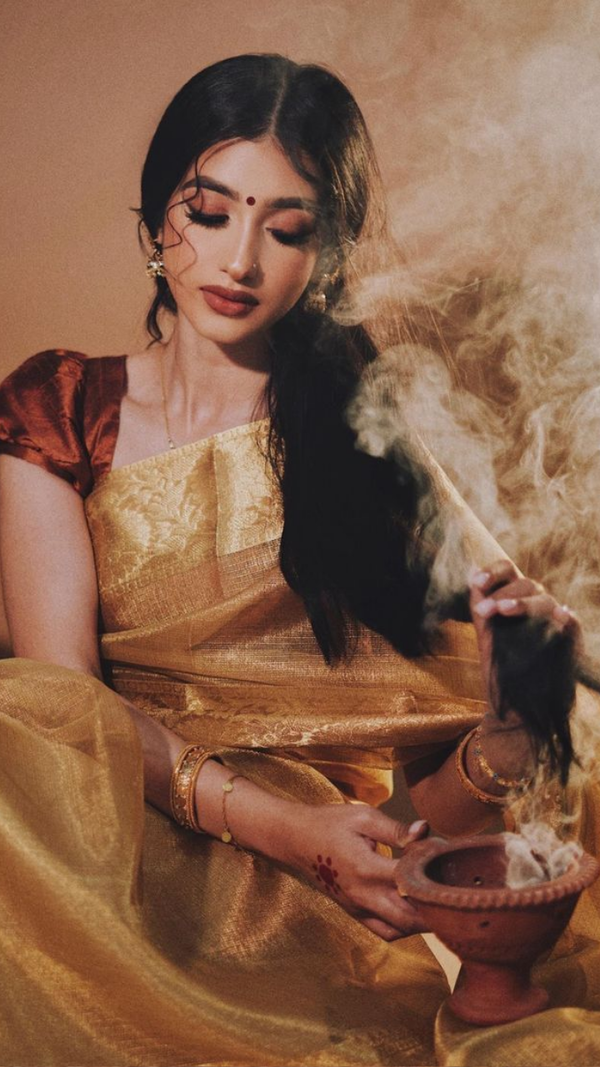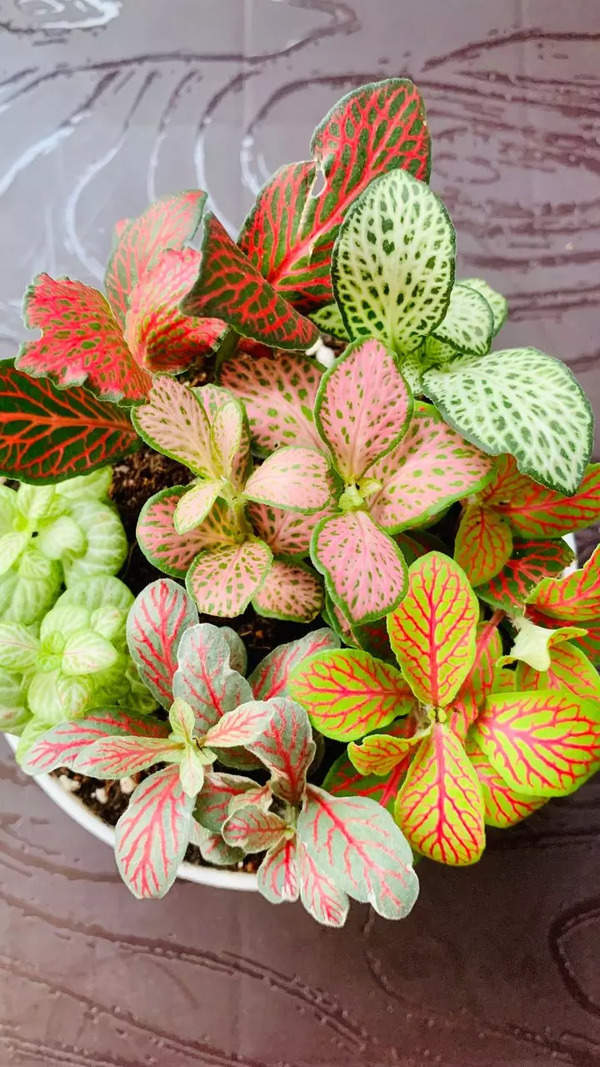- News
- entertainment
- bengali
- movies
- Plateful of words, is it a menu or a novel?
Trending
Plateful of words, is it a menu or a novel?
Modern restaurant menus have evolved from simple lists to elaborate stories, aiming to enhance the dining experience. Chefs use creative descriptions and provenance details to attract diners, though there's a risk of overhyping. Online menu reading has also heightened the importance of appealing descriptions.
Craving dal makhni and naan? The menu serves you ‘slow-simmered black lentils enriched with clarified butter, alongside artisanal stone-ground bread’. You pause—did you order dinner or sign up for a literary fest? Same dish, fancier words, and somehow, your naan now has a better origin story than you do. The language chefs use on menus speaks as much about the restaurant as it does about the diner. “A menu is the restaurant’s CV. If it’s shabby or loud, the diner won’t buy it. So it’s got to have some soul,” says Chef Priyam Chatterjee. Here’s a look at how menu vocabulary is redefining our eating out experience at trendy restaurants.
Today, menu writing is even more important because people read it online before deciding to visit a restaurant. Even five years ago British-Indian restaurants would describe gulab jamun as ‘milk-curd dumpling golden fried & soaked in syrup- Manish Mehrotra, chef-restaurateur

Gourmet menus take a poetic turn
The poetry on your menu
Chef Naren Thimmaiah from Bengaluru notes that menu writing has had to adapt—not just to fancier tastes, but also to legal requirements like calorie counts and dietary disclaimers. Some places keep it minimal: just the dish name and key ingredients. Others weave in provenance - Ganges river prawns and artisanal craftsmanship - hand-pounded spices to make even a basic curry sound like a Michelin-starred masterpiece. Chef-restaurateur Abhijit Saha warns: “Calling a plain khichdi ‘Dadi Amma’s Special Khichdi’ might evoke nostalgia, but if your ‘dadi’ never actually made it, that’s just deception.”

The art of dish psychology
A menu isn’t just a list—it’s a sales pitch in disguise. Every word is meant to lure you in, sometimes with flair, sometimes with confusion.
Adjective overload: Tandoor-roasted, silken, smoky—because plain won’t sell. Geographical flex: Kashmiri morels, Malabar prawns, Gir cow ghee— because food tastes better when it has a passport.
Technique theatrics: Dum-cooked, hand-churned, fermented—basically, old-school with a premium tag.
Minimalist mystery: Jackfruit | Coconut | Mustard—is it dinner or modern art? You decide.
As someone who’s studied French and global cuisine, I’ve noticed French words are still used where necessary - in their croissants and mother sauces. But their prestige has declined – Urvika Kanoi, chef-restaurateur

Jargon or a gimmick
“Overcomplicating jargon makes dishes seem more interesting, but it raises expectations. If the dish doesn’t match the language, it’s a letdown. Flowery descriptions shouldn’t precede a plain chicken tikka,” says Chef Consultant Irfan Pabaney, a view that’s seconded by most chefs.
According to Argha Sen, culinary curator, in some cuisines, ingredients are key to the dish. ‘In Japan, a line-caught fish differs in freshness and texture from a net-caught one. But descriptions like ‘kulcha made with A2 cow ghee’ feel excessive unless they truly add to the dish’
"In one of the restaurants, I had dined in the overseas, had described in its menu, a steak dish as “expertly charred to perfection, evoking the essence of a moonlit campfire, with a texture so tender it could whisper.” Such flowery language usually does not do justice to the clientele, as they get confused as to what the dish is all about." – Anjan Chatterjee, restaurateur

The "deconstructed samosa experience"—which arrived as potato mousse, a few fried dough crisps, and a drizzle of tamarind gel. Essentially, a samosa that gave up halfway.
End of Article
FOLLOW US ON SOCIAL MEDIA
Visual Stories
Tired of too many ads?









